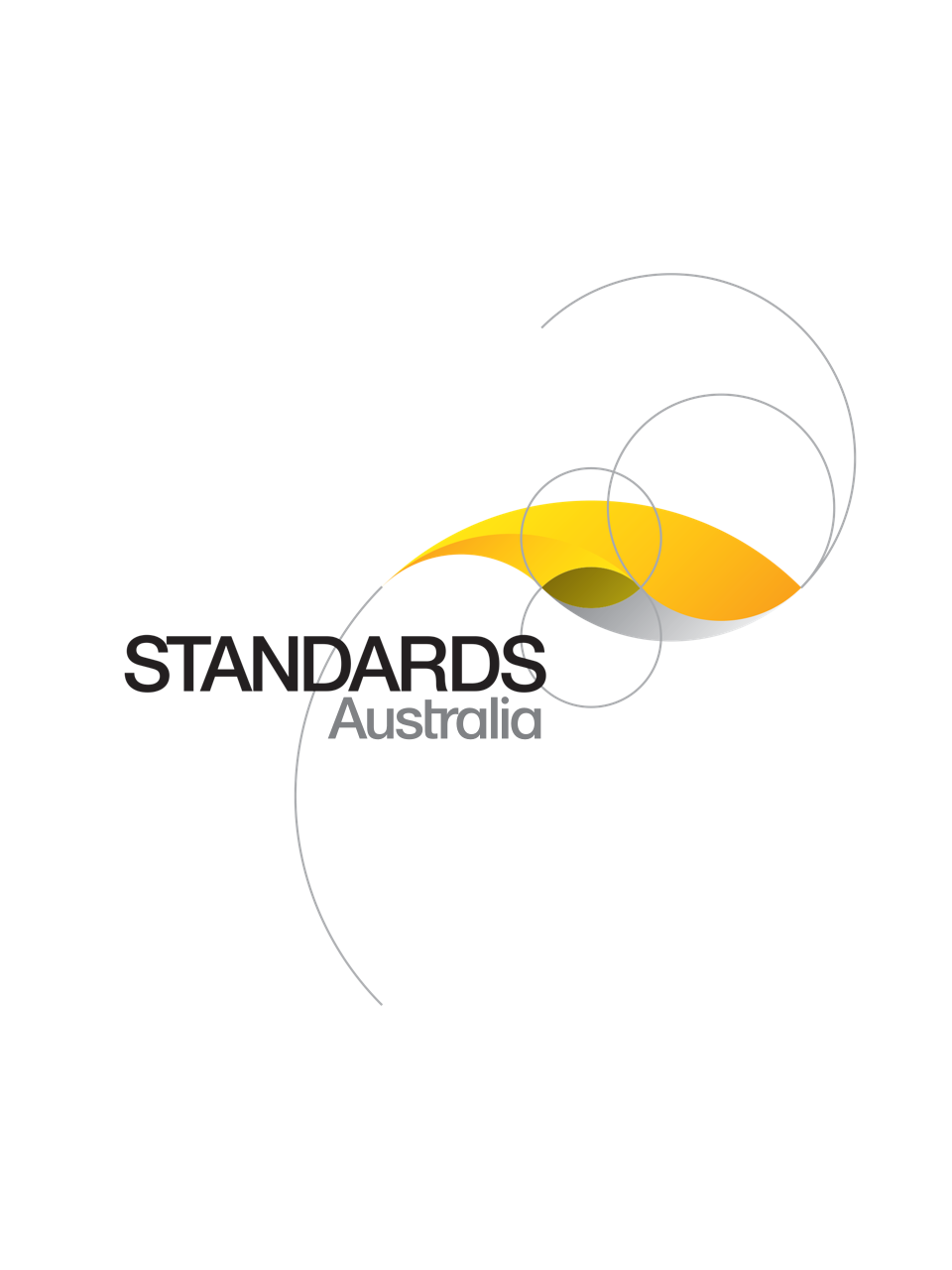Standard
Track updates
AS/NZS ISO 19160.1:2018
[Current]Addressing, Part 1: Conceptual model
The objective of this Standard is to define a conceptual model for address information (address model), together with the terms and definitions that describe the concepts in the model. Lifecycle, metadata, and address aliases are included in the conceptual model. The model is presented in the Unified Modelling Language (UML).
Published: 29/06/2018
Pages: 61
Table of contents
Cited references
Content history
Table of contents
Header
About this publication
Preface
Foreword
Introduction
1 Scope
2 Conformance
2.1 General
2.2 Model — Core
2.3 Model — Lifecycle
2.4 Model — Provenance
2.5 Model — Locale
2.6 Model — Full conformance
2.7 Address profile documentation
3 Normative references
4 Terms and definitions
5 Symbols and abbreviated terms
6 Address model
6.1 General
6.2 Diagrams
6.3 Classes
6.3.1 General
6.3.2 Address
6.3.3 AddressComponent
6.3.4 AddressableObject
6.3.5 ReferenceObject
6.3.6 AddressSpecification
6.4 Types
6.4.1 General
6.4.2 AddressClassSpecification
6.4.3 AddressPosition
6.4.4 AddressComponentValue
6.4.5 AddressAlias
6.4.6 AddressedPeriod
6.4.7 Lifespan
6.4.8 AddressProvenance
6.5 Codelists
6.5.1 General
6.5.2 AddressAliasType
6.5.3 AddressComponentType
6.5.4 AddressComponentValueType
6.5.5 AddressLifecycleStage
6.5.6 AddressableObjectLifecycleStage
6.5.7 AddressStatus
6.5.8 AddressTypology
7 Requirements
7.1 Requirements class: Core
7.1.1 Dependencies
7.1.2 Core requirement 1: Classes
7.1.3 Core requirement 2: Associations
7.1.4 Core requirement 3: Attributes
7.2 Requirements class: Lifecycle
7.2.1 Dependencies
7.2.2 Lifecycle requirement 1: Lifecycle attributes
7.2.3 Lifecycle requirement 2: Unique identifier
7.2.4 Lifecycle requirement 3: Version increments
7.3 Requirements class: Provenance
7.3.1 Dependencies
7.3.2 Provenance requirement 1: Provenance attribute
7.4 Requirements class: Locale
7.4.1 Dependencies
7.4.2 Locale requirement 1: Locale attribute
7.5 Requirements class: Address profile documentation
7.5.1 Dependencies
7.5.2 Requirements and recommendations
Annex A
A.1 General
A.2 Conformance class: Core
A.3 Conformance class: Lifecycle
A.4 Conformance class: Provenance
A.5 Conformance class: Locale
A.6 Conformance class: Address profile documentation
Annex B
B.1 General
B.2 Steps to develop a profile
B.3 Steps to develop a UML model
B.4 Steps to upload a profile on the ISO website
Annex C
C.1 General
C.2 Example 1: Minimal address profile
C.2.1 Profile developer
C.2.2 Specification
C.2.3 Conformance
C.2.4 Profile model
C.2.5 Instance data
C.3 Example 2: Sample address profile
C.3.1 Profile developer
C.3.2 Address specification
C.3.3 Conformance
C.3.4 Profile model
C.3.5 Mapping from sample addresses to the sample address profile
C.3.6 Mapping from sample address profile to sample addresses
C.3.7 Instance data
C.3.8 Linking sample addresses to external data
C.4 Diagrams from other profiles
Annex D
D.1 General
D.2 Lifecycle of a thoroughfare address component
D.3 Lifecycle of an address
D.4 Lifecycle of an addressable object
D.5 Period of association between an address and an addressable object
Annex E
E.1 General
E.2 Address component value alternatives
E.3 Address aliases
Annex F
F.1 General
F.2 Associations between addresses and external data
F.3 External classes deriving from ReferenceObject
Bibliography
Cited references in this standard
